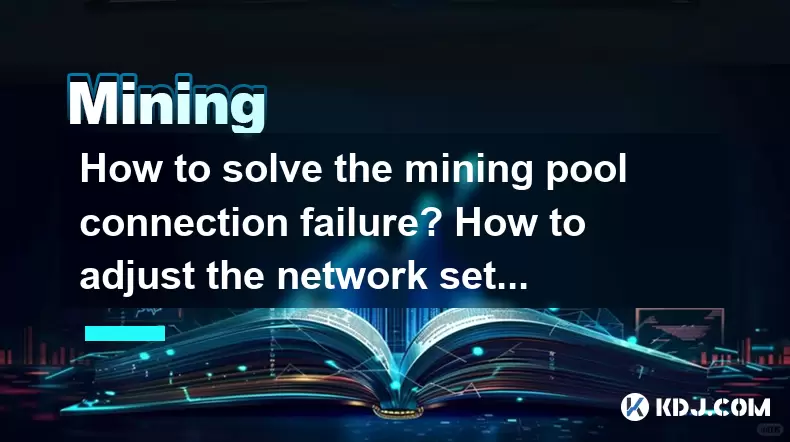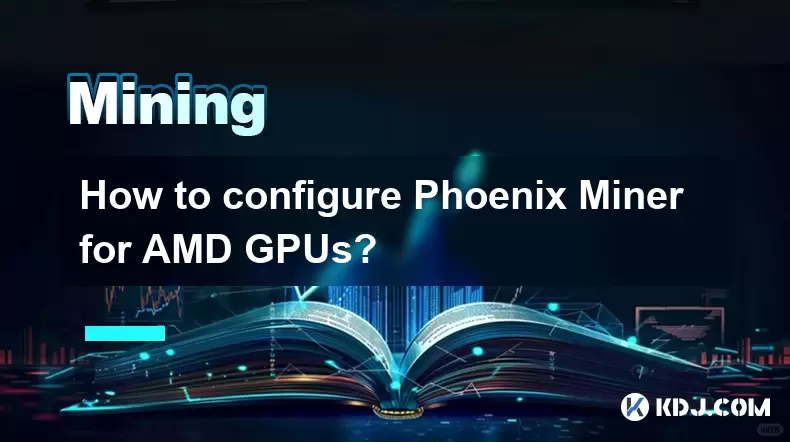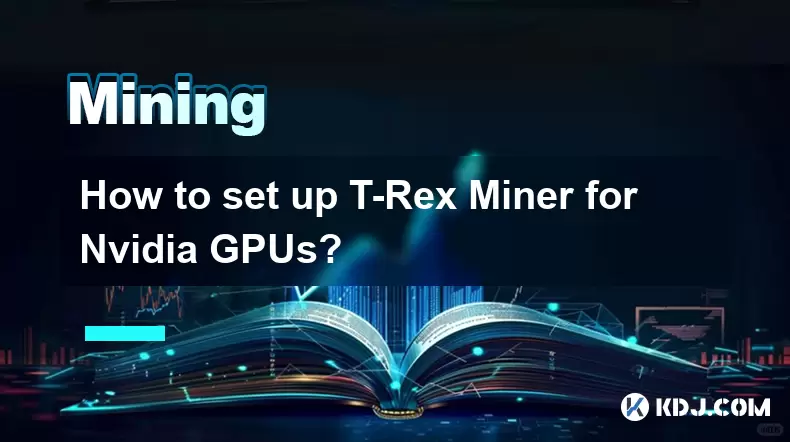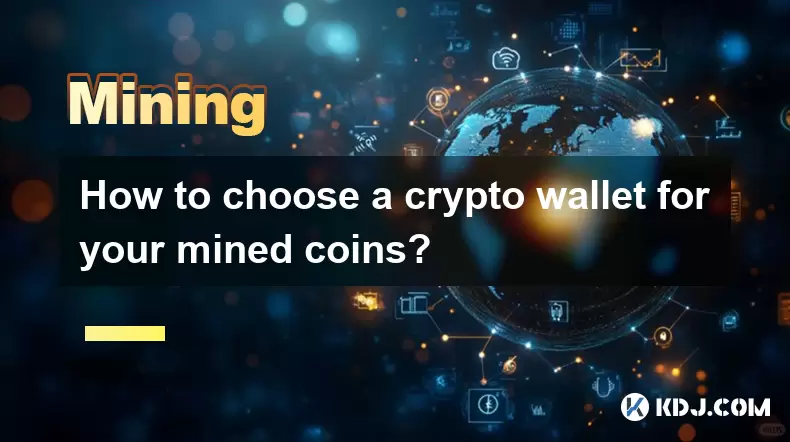-
 Bitcoin
Bitcoin $117800
0.49% -
 Ethereum
Ethereum $4432
0.55% -
 XRP
XRP $3.106
1.07% -
 Tether USDt
Tether USDt $1.001
0.01% -
 BNB
BNB $835.8
1.74% -
 Solana
Solana $189.1
2.72% -
 USDC
USDC $0.9999
-0.01% -
 Dogecoin
Dogecoin $0.2302
3.65% -
 TRON
TRON $0.3485
-0.69% -
 Cardano
Cardano $0.9212
-0.91% -
 Hyperliquid
Hyperliquid $46.97
1.45% -
 Chainlink
Chainlink $22.77
5.61% -
 Stellar
Stellar $0.4284
0.82% -
 Sui
Sui $3.766
2.82% -
 Bitcoin Cash
Bitcoin Cash $583.5
-0.82% -
 Ethena USDe
Ethena USDe $1.001
0.03% -
 Hedera
Hedera $0.2512
2.78% -
 Avalanche
Avalanche $24.18
2.27% -
 Litecoin
Litecoin $120.2
2.10% -
 Toncoin
Toncoin $3.450
1.96% -
 UNUS SED LEO
UNUS SED LEO $9.412
-0.92% -
 Shiba Inu
Shiba Inu $0.00001298
2.35% -
 Uniswap
Uniswap $10.99
3.75% -
 Polkadot
Polkadot $3.962
3.09% -
 Dai
Dai $1.000
0.00% -
 Bitget Token
Bitget Token $4.643
1.38% -
 Cronos
Cronos $0.1511
-0.08% -
 Ethena
Ethena $0.7246
3.18% -
 Monero
Monero $254.9
7.90% -
 Pepe
Pepe $0.00001100
3.32%
How to solve the mining pool connection failure? How to adjust the network settings?
To resolve mining pool connection failures, check pool settings, ensure a stable internet connection, adjust firewall/antivirus settings, and consider pool server issues.
May 16, 2025 at 06:21 am

Introduction to Mining Pool Connection Failure
Mining pool connection failures can be a frustrating issue for cryptocurrency miners. These failures can occur due to various reasons such as network issues, incorrect settings, or problems with the mining pool itself. Understanding how to diagnose and resolve these issues is crucial for maintaining a stable and efficient mining operation. This article will guide you through the steps to solve mining pool connection failures and adjust your network settings to ensure a smooth mining experience.
Identifying the Cause of Connection Failure
Before you can solve a mining pool connection failure, it's essential to identify the root cause. Common reasons for connection failures include:
- Incorrect pool settings: Ensure that the pool URL, port, and login credentials are correctly entered in your mining software.
- Network issues: Problems with your internet connection or router can prevent your mining rig from connecting to the pool.
- Firewall or antivirus interference: Security software might block the connection to the mining pool.
- Pool server issues: Sometimes, the problem lies with the mining pool itself, which could be experiencing downtime or technical difficulties.
To diagnose the issue, start by checking your mining software logs for any error messages that might indicate the cause of the failure.
Solving Mining Pool Connection Failure
Once you have identified the potential cause of the connection failure, you can take the following steps to resolve it:
Checking and Correcting Pool Settings
- Open your mining software and navigate to the settings or configuration section.
- Verify the pool URL, port, and login credentials. Make sure they match the information provided by the mining pool.
- Save the changes and restart the mining software to see if the connection issue is resolved.
Resolving Network Issues
- Check your internet connection to ensure it is stable and functioning properly. You can do this by running a speed test or trying to access other websites.
- Restart your router to refresh the connection. Unplug the router, wait for about 30 seconds, and then plug it back in.
- Check for any network congestion that might be affecting your connection. If possible, connect your mining rig directly to the router using an Ethernet cable for a more stable connection.
Adjusting Firewall and Antivirus Settings
- Open your firewall settings and ensure that the mining software is allowed to communicate through the firewall.
- Add an exception for the mining software in your antivirus program. This can usually be done by navigating to the settings or exceptions section of the antivirus software.
- Temporarily disable the firewall and antivirus to see if they are causing the connection issue. If the connection works with them disabled, you will need to adjust their settings to allow the mining software to connect.
Checking for Pool Server Issues
- Visit the mining pool's website or check their social media channels for any announcements about server issues or maintenance.
- Try connecting to a different server within the same mining pool if available. This can be done by changing the pool URL in your mining software settings.
- Consider switching to a different mining pool if the issue persists and is confirmed to be on the pool's end.
Adjusting Network Settings for Optimal Mining
To ensure your mining rig can connect to the mining pool efficiently, you may need to adjust your network settings. Here are some steps to optimize your network for mining:
Configuring Router Settings
- Access your router's settings by typing its IP address into a web browser. The default IP address is usually something like 192.168.0.1 or 192.168.1.1.
- Navigate to the port forwarding section and set up a rule to forward the port used by your mining software to your mining rig's IP address. This can help improve the connection stability.
- Enable Quality of Service (QoS) settings if available, and prioritize traffic from your mining rig to ensure it gets the necessary bandwidth.
Optimizing Network Adapter Settings
- Open the Network and Sharing Center on your mining rig and click on "Change adapter settings."
- Right-click on your network adapter and select "Properties."
- Select Internet Protocol Version 4 (TCP/IPv4) and click on "Properties" again.
- Choose "Use the following DNS server addresses" and enter a reliable DNS server such as Google's (8.8.8.8 and 8.8.4.4).
- Click "OK" to save the changes and restart your mining rig to apply the new settings.
Using a Static IP Address
- In the same Network and Sharing Center, right-click on your network adapter and select "Properties."
- Select Internet Protocol Version 4 (TCP/IPv4) and click on "Properties."
- Choose "Use the following IP address" and enter an IP address, subnet mask, default gateway, and DNS server addresses. You can obtain these details from your router's DHCP settings.
- Click "OK" to save the changes and restart your mining rig to apply the new settings.
Monitoring and Maintaining Your Connection
After resolving the connection failure and adjusting your network settings, it's important to monitor your mining rig's connection to ensure it remains stable. Here are some tips for ongoing maintenance:
- Regularly check your mining software logs for any new error messages or warnings that might indicate a recurring issue.
- Keep your mining software and network drivers up to date to benefit from the latest improvements and bug fixes.
- Monitor your internet connection's performance and consider upgrading your service if you frequently experience slowdowns or disconnections.
Frequently Asked Questions
Q: Can a VPN help with mining pool connection issues?
A: Using a VPN can sometimes help bypass network restrictions or improve connection stability, but it can also introduce additional latency. It's worth trying if you're experiencing persistent issues, but be aware that it might not always be the best solution.
Q: How often should I restart my mining rig to maintain a stable connection?
A: There's no set frequency for restarting your mining rig, but doing so periodically (e.g., once a week) can help clear any temporary issues and ensure your system is running smoothly.
Q: What should I do if my mining pool connection fails during a large mining operation?
A: If your connection fails during a large mining operation, first try the troubleshooting steps mentioned above. If the issue persists, consider switching to a different server within the same pool or temporarily moving to another pool to minimize downtime.
Q: Are there any tools that can help diagnose network issues for mining?
A: Yes, tools like PingPlotter or Wireshark can help diagnose network issues by providing detailed information about your connection's performance and any potential bottlenecks.
Disclaimer:info@kdj.com
The information provided is not trading advice. kdj.com does not assume any responsibility for any investments made based on the information provided in this article. Cryptocurrencies are highly volatile and it is highly recommended that you invest with caution after thorough research!
If you believe that the content used on this website infringes your copyright, please contact us immediately (info@kdj.com) and we will delete it promptly.
- Kazakhstan's Crypto Leap: Bitcoin ETF and Central Asia's Digital Finance Future
- 2025-08-13 12:45:19
- BlockDAG Presale Blazes Past $371M: Fundraising Frenzy Fuels Crypto Sensation
- 2025-08-13 13:05:21
- Meme Coins: Chasing the 2025 Surge – Which Will Moonshot?
- 2025-08-13 10:25:23
- Bitcoin's Wild Ride: Rally, Pullback, and What's Next
- 2025-08-13 10:25:23
- Bitcoin, Bitmax, and Institutional Demand: A New Era of Crypto Investment
- 2025-08-13 10:45:12
- Solana, ROAM, and Airdrops: What's the Buzz in 2025?
- 2025-08-13 11:35:13
Related knowledge

How to configure Phoenix Miner for AMD GPUs?
Aug 11,2025 at 03:21am
Understanding Phoenix Miner and Its Compatibility with AMD GPUsPhoenix Miner is a lightweight, high-performance Ethereum mining software designed for ...

How to set up T-Rex Miner for Nvidia GPUs?
Aug 10,2025 at 12:07am
Understanding T-Rex Miner and Its Compatibility with Nvidia GPUsT-Rex Miner is a high-performance mining software designed specifically for Nvidia GPU...

What is "proof-of-work" and how does it relate to mining?
Aug 07,2025 at 02:03pm
Understanding the Concept of Proof-of-WorkProof-of-work (PoW) is a consensus mechanism used in blockchain networks to validate transactions and secure...

How to choose a crypto wallet for your mined coins?
Aug 13,2025 at 11:36am
Understanding the Types of Crypto Wallets for Mined CoinsWhen selecting a crypto wallet for your mined coins, the first step is to understand the diff...

What are the differences between mining on Windows vs. Linux?
Aug 06,2025 at 11:29pm
Overview of Cryptocurrency Mining PlatformsCryptocurrency mining involves using computational power to solve complex cryptographic puzzles and validat...

How to use an old computer for cryptocurrency mining?
Aug 07,2025 at 12:42pm
Understanding the Feasibility of Using an Old Computer for MiningUsing an old computer for cryptocurrency mining may seem outdated, but it is still te...

How to configure Phoenix Miner for AMD GPUs?
Aug 11,2025 at 03:21am
Understanding Phoenix Miner and Its Compatibility with AMD GPUsPhoenix Miner is a lightweight, high-performance Ethereum mining software designed for ...

How to set up T-Rex Miner for Nvidia GPUs?
Aug 10,2025 at 12:07am
Understanding T-Rex Miner and Its Compatibility with Nvidia GPUsT-Rex Miner is a high-performance mining software designed specifically for Nvidia GPU...

What is "proof-of-work" and how does it relate to mining?
Aug 07,2025 at 02:03pm
Understanding the Concept of Proof-of-WorkProof-of-work (PoW) is a consensus mechanism used in blockchain networks to validate transactions and secure...

How to choose a crypto wallet for your mined coins?
Aug 13,2025 at 11:36am
Understanding the Types of Crypto Wallets for Mined CoinsWhen selecting a crypto wallet for your mined coins, the first step is to understand the diff...

What are the differences between mining on Windows vs. Linux?
Aug 06,2025 at 11:29pm
Overview of Cryptocurrency Mining PlatformsCryptocurrency mining involves using computational power to solve complex cryptographic puzzles and validat...

How to use an old computer for cryptocurrency mining?
Aug 07,2025 at 12:42pm
Understanding the Feasibility of Using an Old Computer for MiningUsing an old computer for cryptocurrency mining may seem outdated, but it is still te...
See all articles

























































































